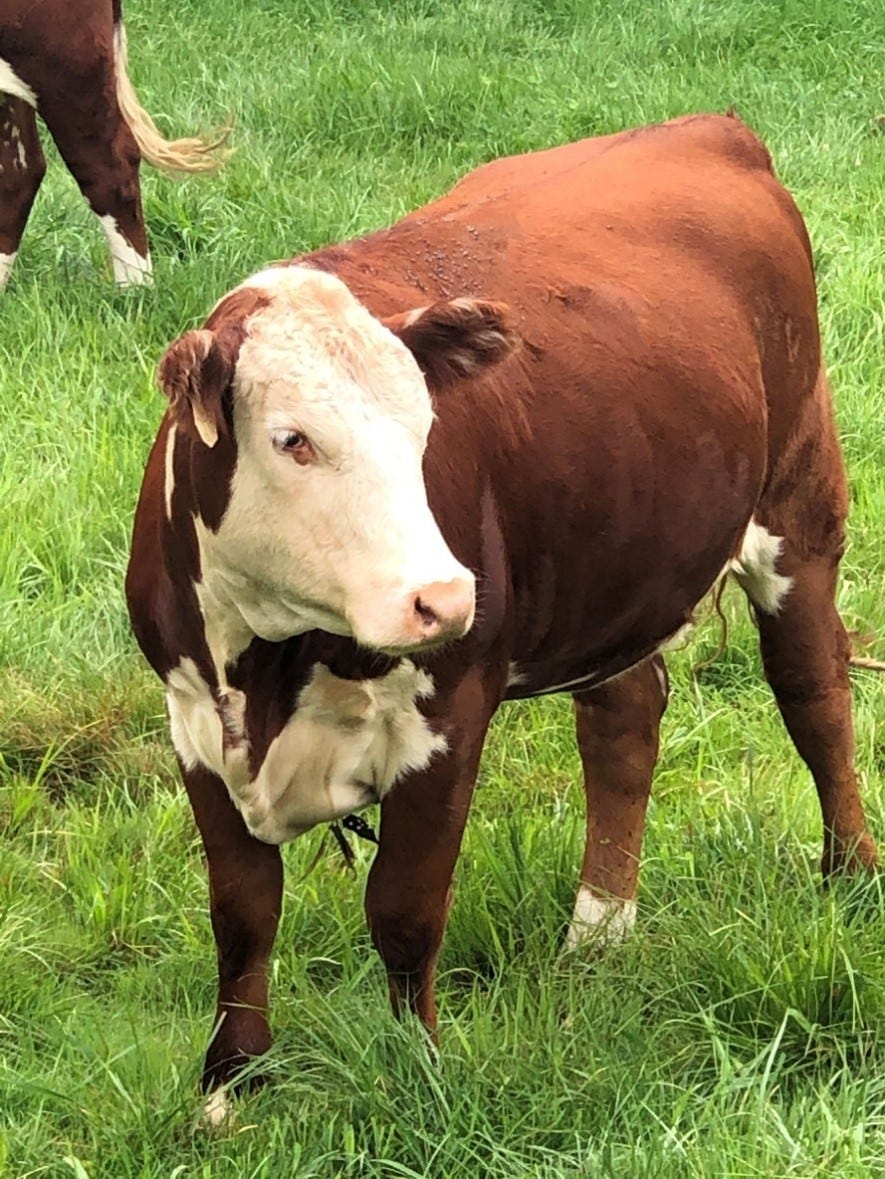What employers should know about bird flu
May 3, 2024
Bird flu has been reported in dairy cattle in at least 9 states, and the FDA recently tested milk samples and found widespread evidence (up to 38%) of bird flu. Fortunately, there were only fragments of dead virus detected, so nobody drinking that milk could become sick from bird flu. These striking results raise some key questions: How concerned should we be? And what are the risks to humans of bird flu?
For background, avian influenza (or ‘bird flu’) refers to multiple strains of Influenza A. Several types of bird flu are commonly transmitted from bird to bird. That type of transmission can cause mild or serious illness in birds (including chickens) and occurs year-round.
Other types of bird flu, particularly H5N1, can be transmitted to mammals and potentially cause harm to humans. Earlier this year, there was one known case of conjunctivitis (red eye) in a Texas dairy worker who worked directly with sick cattle. He was treated successfully with Tamiflu.
A federal order requiring testing of lactating cows being moved between states took effect earlier this week, on April 29th, which may increase the number of reported cases. Humans can only get infected from live virus that touches a person’s eyes, nose, or mouth or is inhaled. Infected birds or mammals can shed bird flu in their saliva, mucous, and feces. Lactating cows have high levels of virus in their mammary glands, but pasteurization should kill the virus if it’s in milk. Workers who interact with infected animals have the highest risk of transmission and infection can range from mild to severe.
What about a vaccine? There’s no current vaccine for cattle or birds that is being used. There are some H5N1 vaccines stockpiled by the US, but not enough to treat the entire US population. Scaling up would be an operational challenge. The annual flu shot as currently formulated does not protect against the H5N1 bird flu. Tamiflu (oseltamivir) could be used to treat infected and even exposed individuals.
While this update focuses primarily on the situation with birds and cattle, a concerning reservoir for bird flu is pigs, as they can potentially be infected with both the strains common in birds and humans, and those viruses can combine and mutate pigs. Fortunately, routine testing of pigs has been negative to date. There hasn’t been the kind of mutations in bird flu to allow the virus to effectively be transmitted from one human to another human, but that would put this situation in a very different light.
Employer implications:
- Symptoms of bird flu, in humans or animals, can be very mild. Encourage employees to be tested if they are sick, particularly if they have animals in their household.
- Employers should have an emergency workforce plan in place for any unexpected respiratory viral outbreak that can be used in case the bird flu mutates to allow for easy human to human transmission, which is not the case today.
Thanks for reading. You can find previous posts in the Employer Coverage archive
Please subscribe, “like” and suggest this newsletter to friends and colleagues. Thanks!
Monday: Unmet mental health needs



